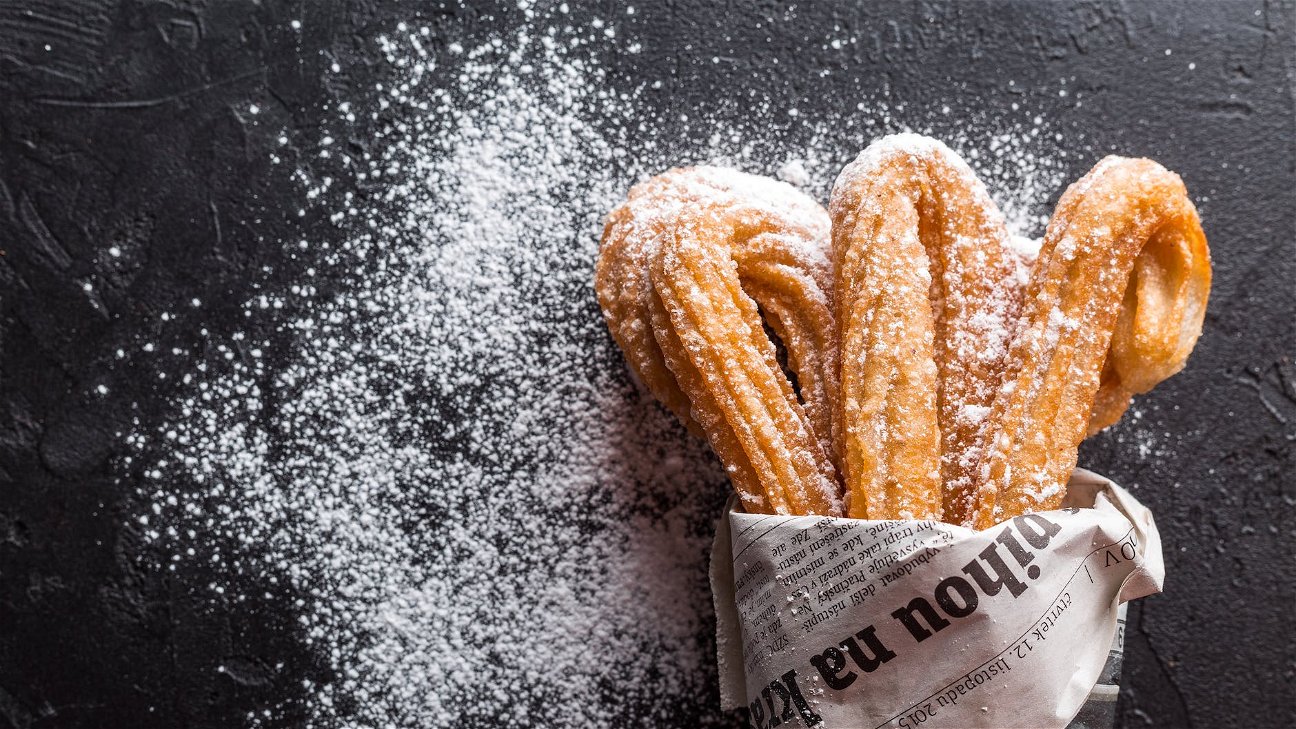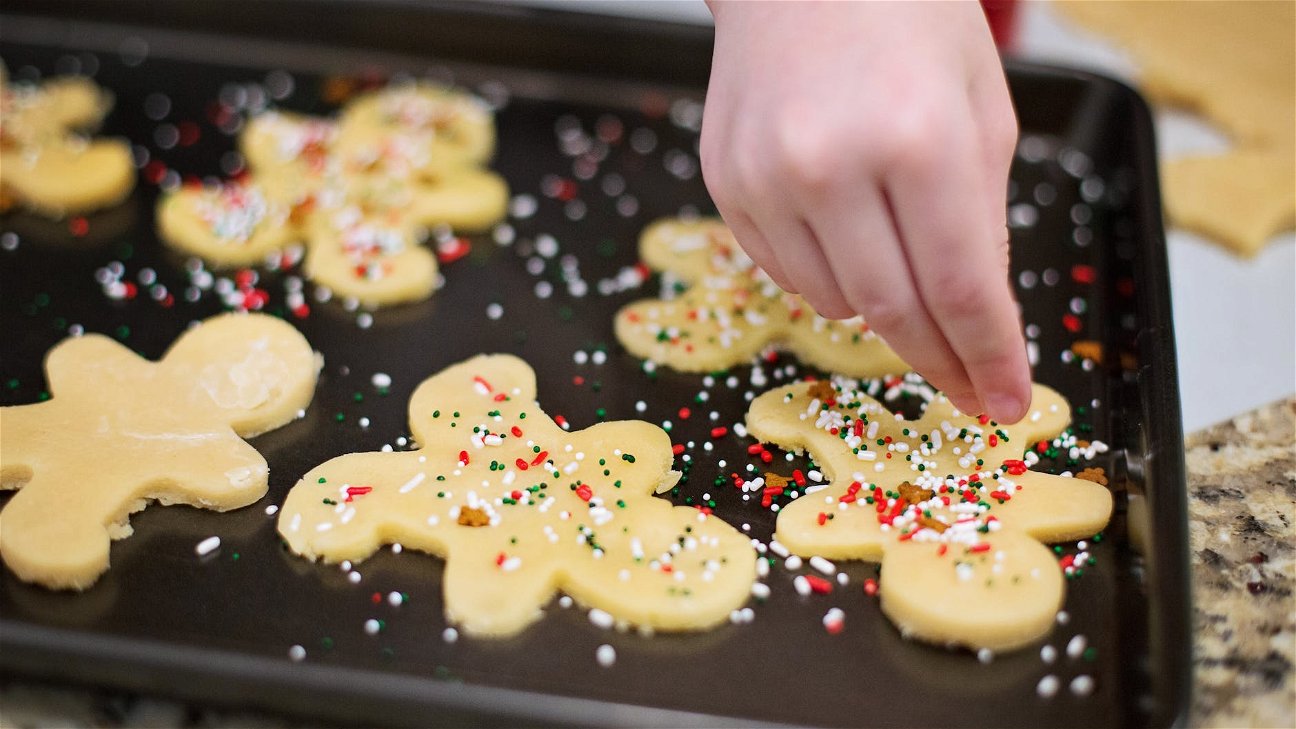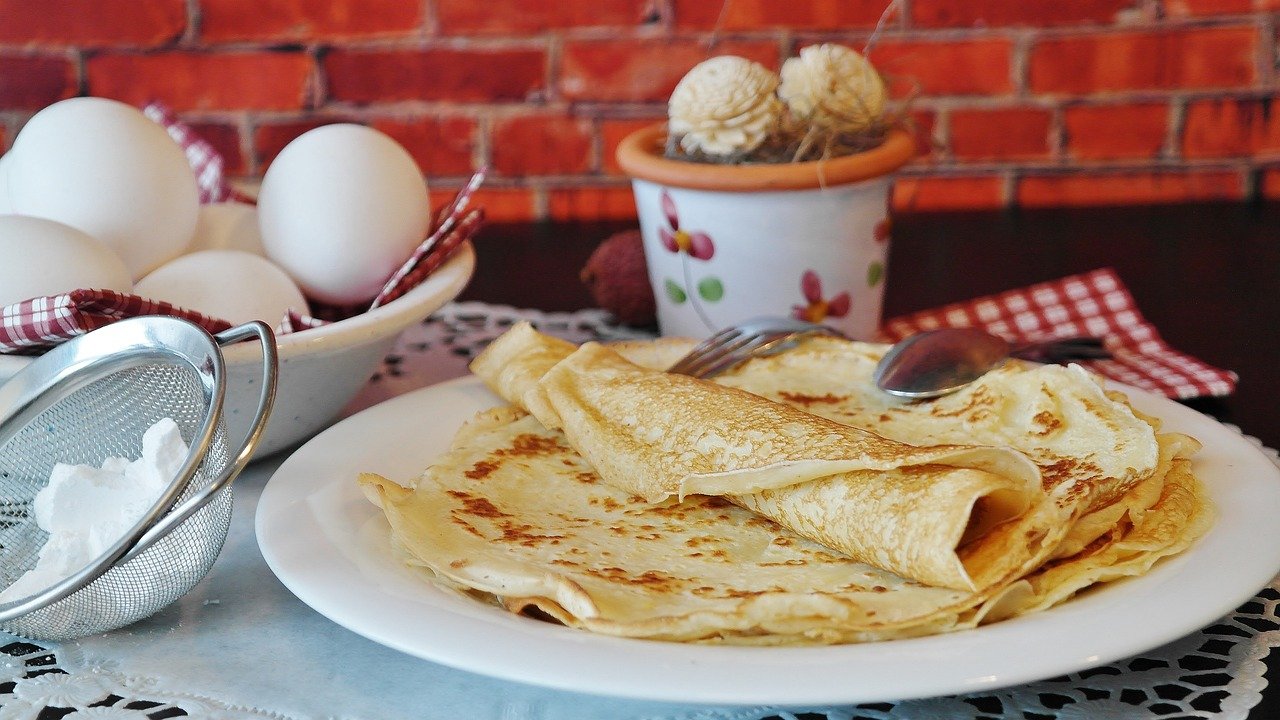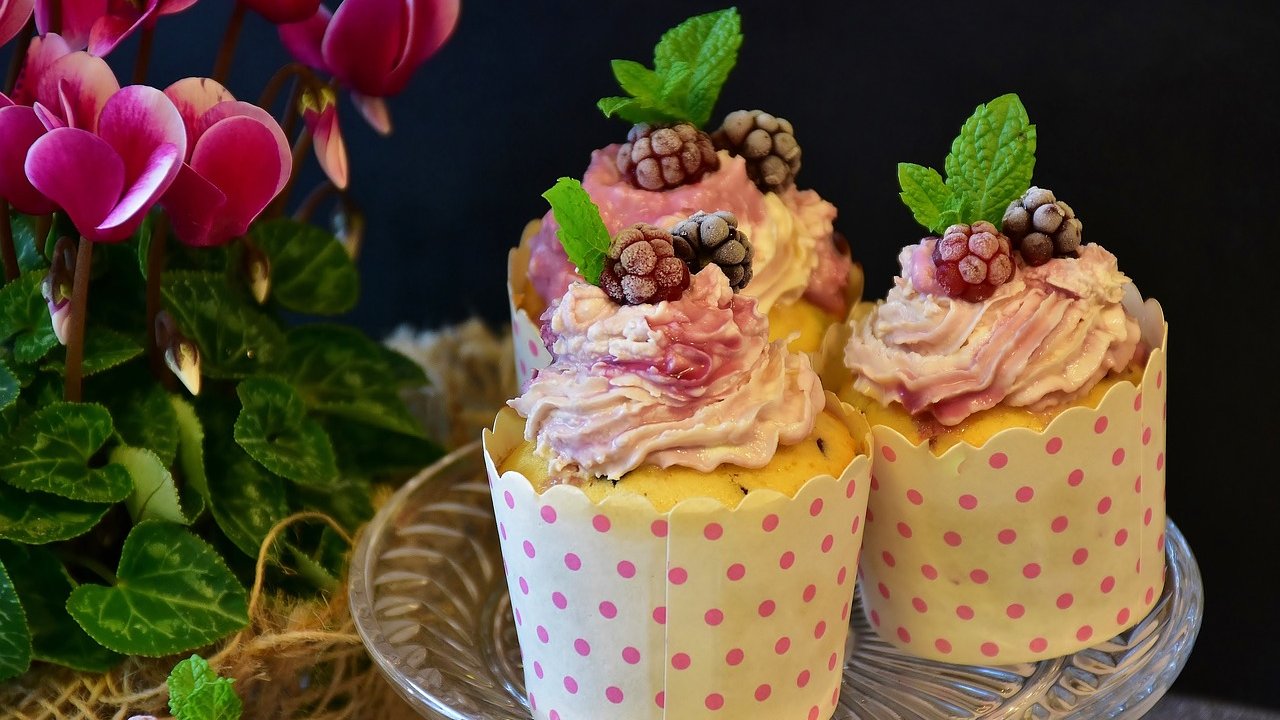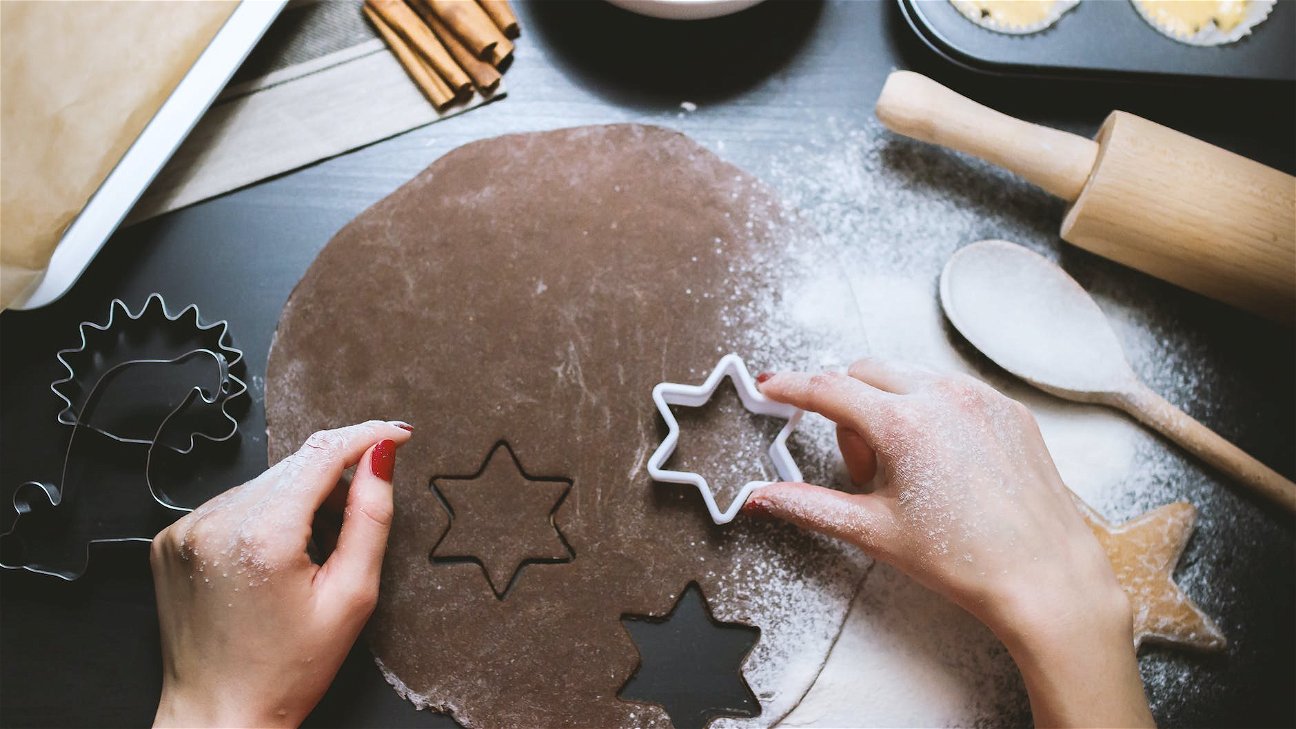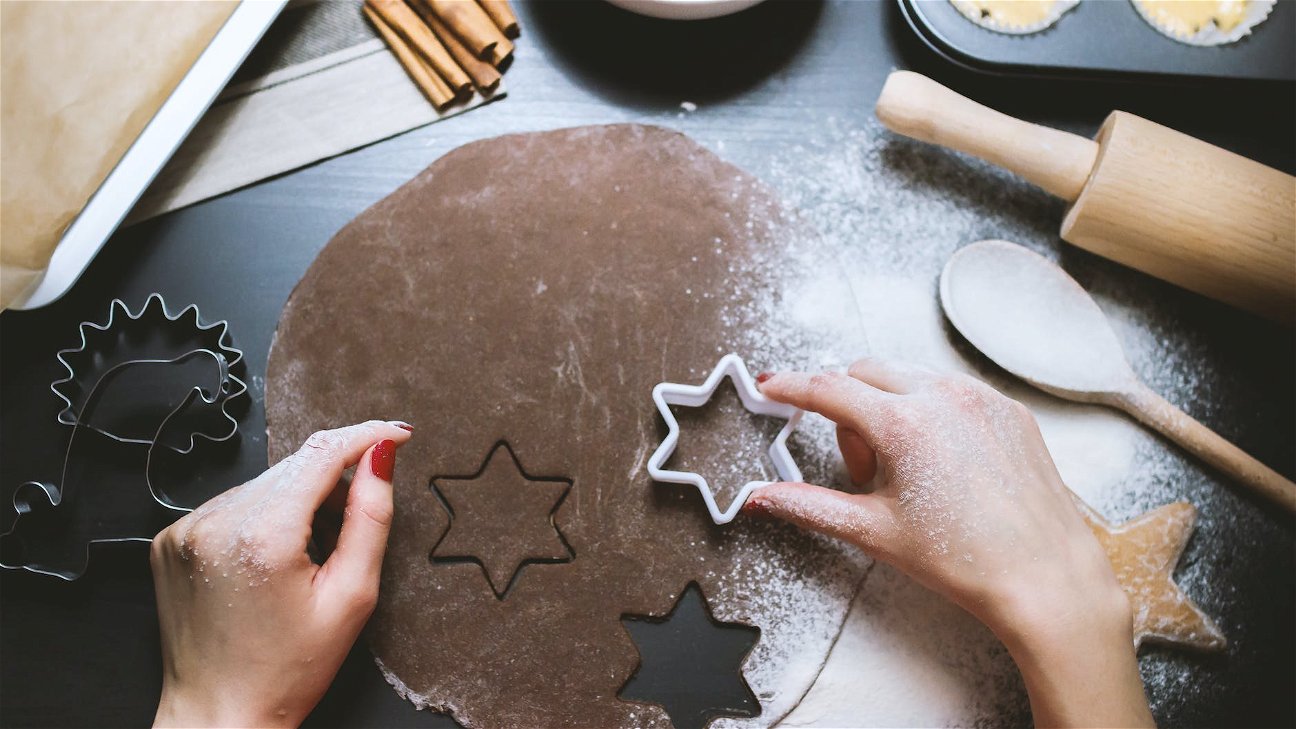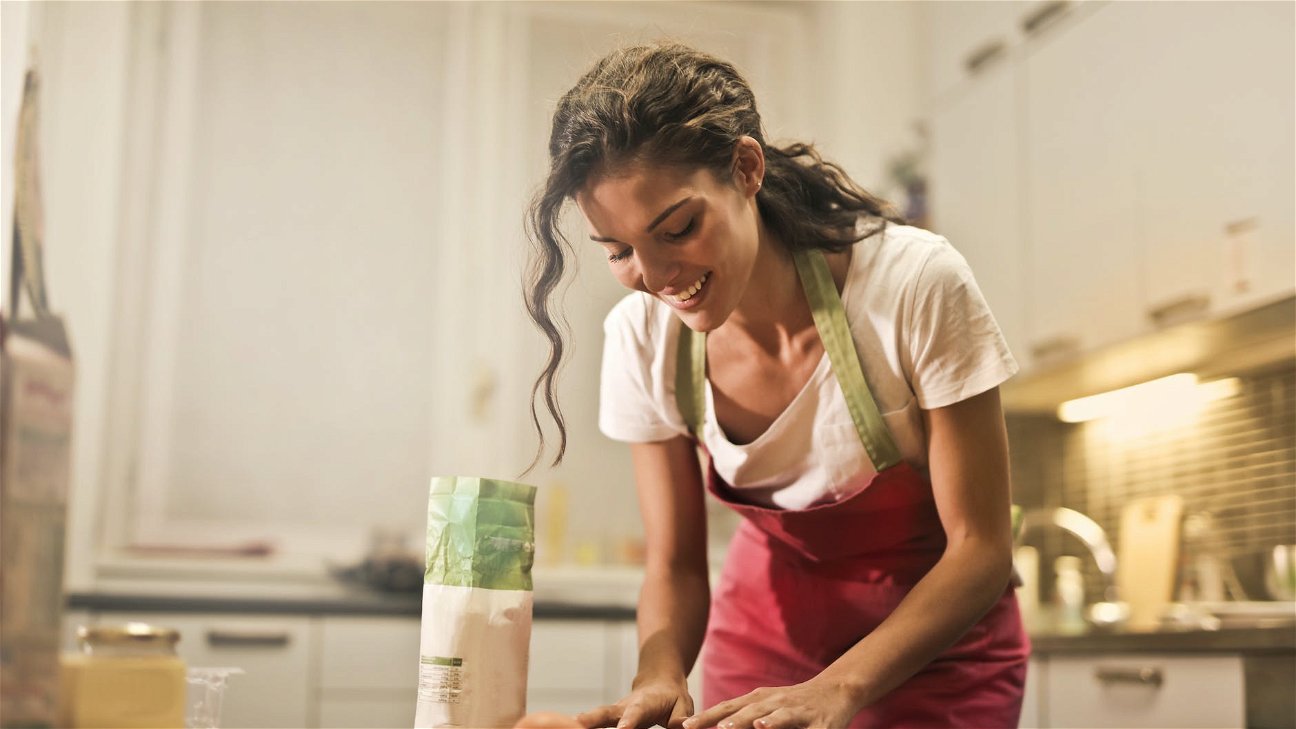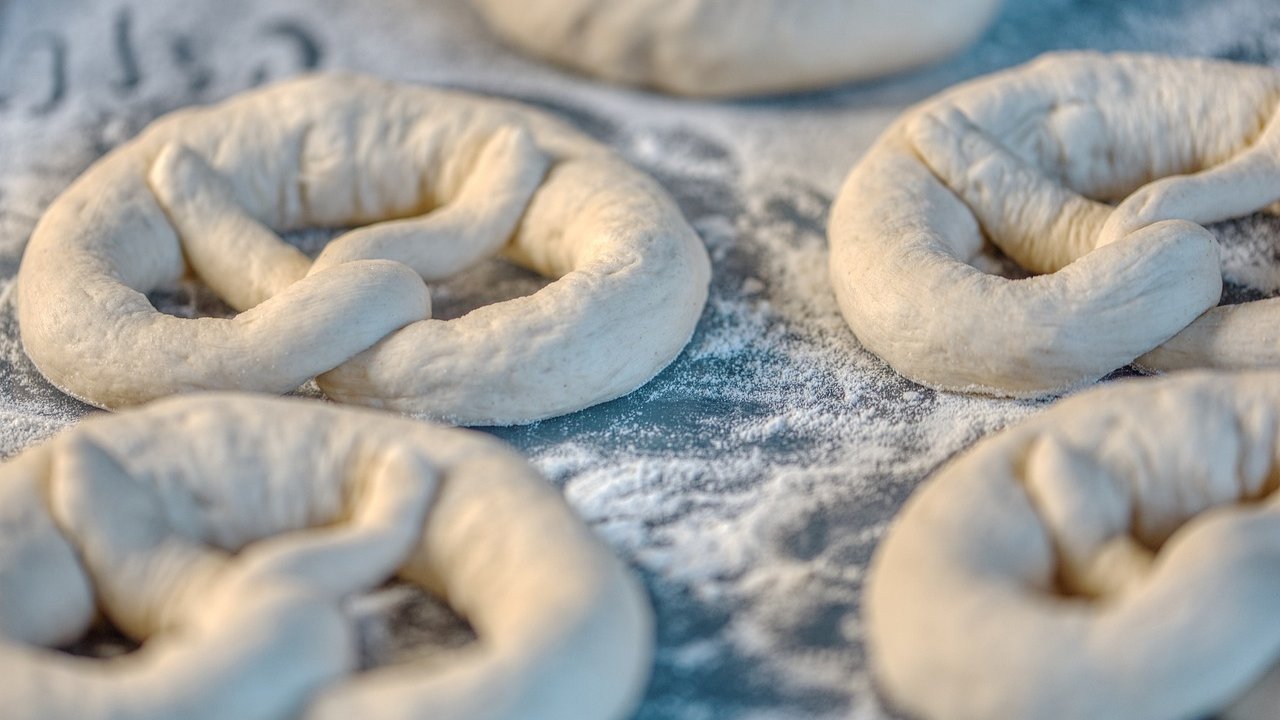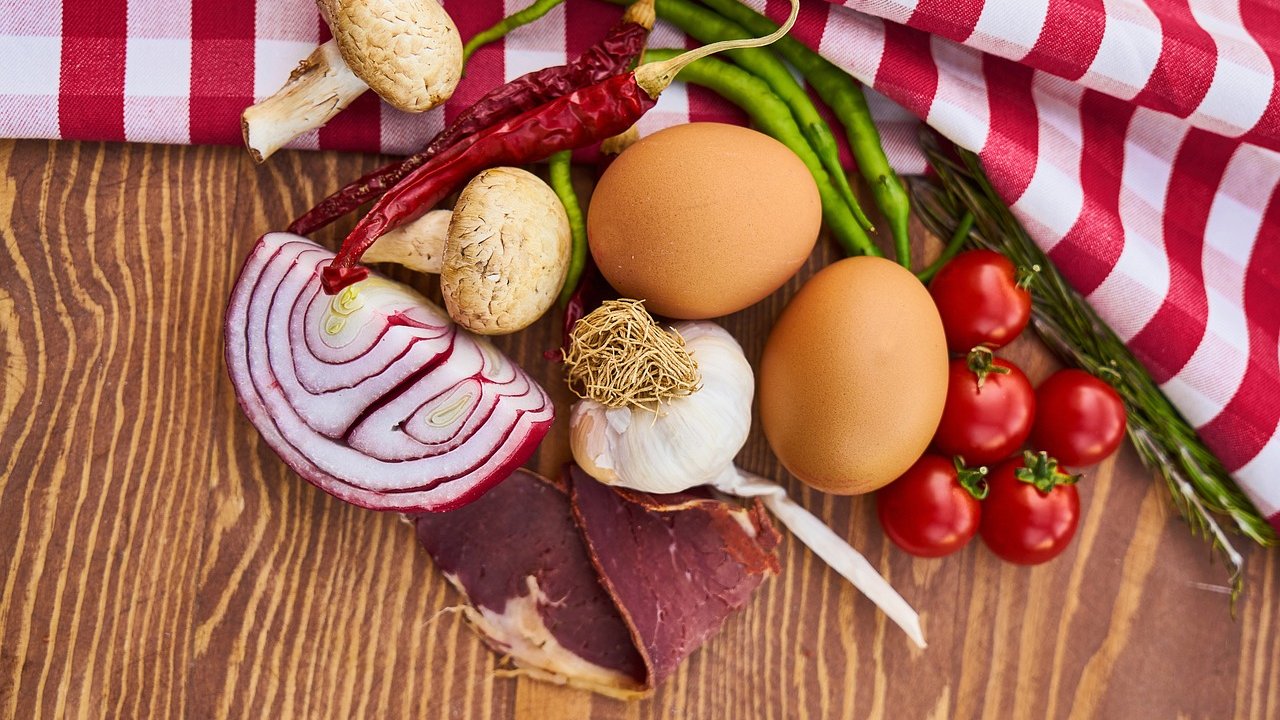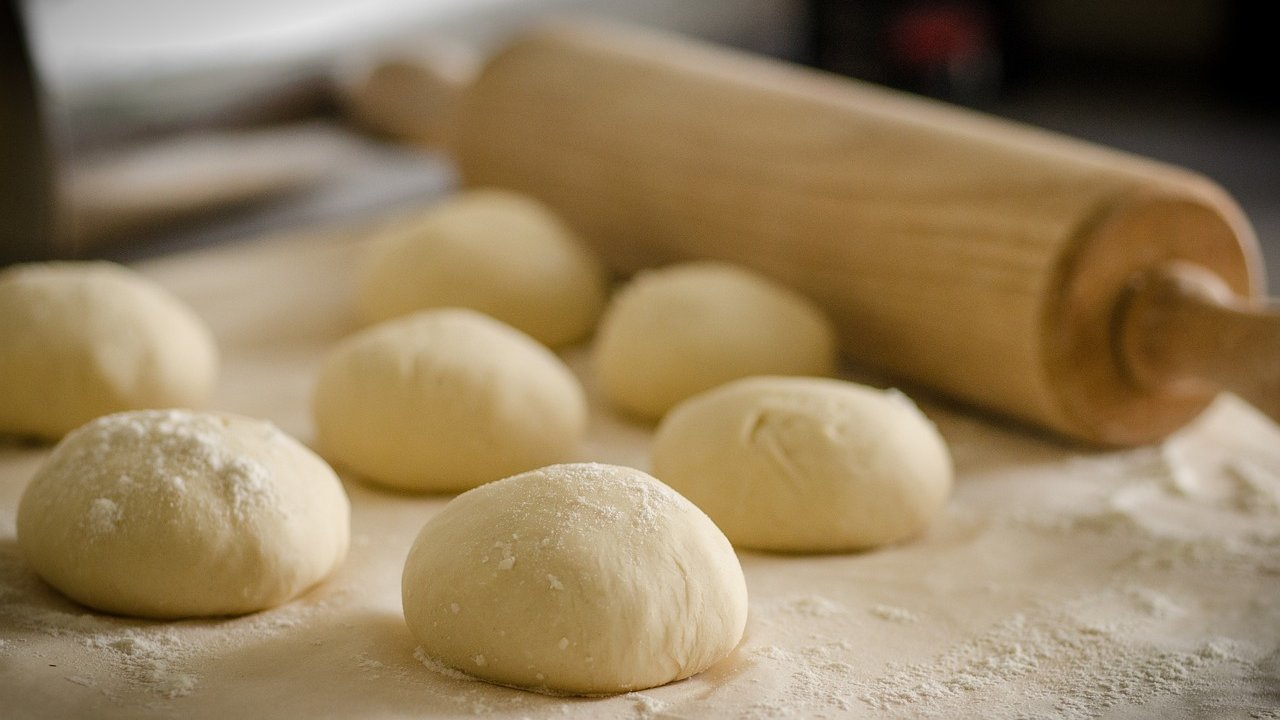
Yeast is a crucial ingredient in baking, responsible for the delightful aromas wafting from freshly baked bread and pastries. Understanding the different types of yeast and their uses can elevate your baking game. So let's delve into the world of yeast.
What is Yeast?
Yeast is a type of fungus used in baking to leaven bread. It ferments sugars present in the dough, producing carbon dioxide gas which causes the dough to rise. This process is known as yeast fermentation.
Types of Yeast Used in Baking
There are three main types of yeast used in baking: Active Dry Yeast, Instant Yeast, and Fresh Yeast.
Active Dry Yeast
Active dry yeast comes in the form of small granules. It requires proofing, meaning it needs to be dissolved in a warm liquid before use. This type of yeast has a long shelf life and is the most commonly used yeast in home baking.
Instant Yeast
Instant yeast, also called fast-rising or bread machine yeast, doesn’t require proofing. It can be mixed directly into dry ingredients. It ferments faster than active dry yeast.
Fresh Yeast
Fresh yeast, also known as cake yeast or compressed yeast, is a moist block of yeast. It requires refrigeration and has a short shelf life. It's often preferred by professional bakers for its reliable fermentation and rich flavor.
Here's a quick overview of the properties of these types of yeasts:
How to Use Yeast in Baking
Knowing how to use yeast correctly is as important as understanding its types. Here are some critical tips:
- Proof your yeast: If using active dry yeast or fresh yeast, always proof it before adding to your dough.
- Opt for the right temperature: Yeast thrives at warm temperatures, typically between 70 and 80 degrees Fahrenheit.
- Don’t use expired yeast: Yeast loses its potency over time. Always check the expiration date before using it.
How to Store Yeast
Store yeast in a cool, dark place, ideally in the refrigerator. Once the yeast package is opened, it should be used within 4 months.
Yeast Substitutes in Baking
What if you run out of yeast mid-recipe? Don’t worry, you can substitute yeast with ingredients like baking soda and lemon, sourdough starter, or even beer in certain recipes.
Understanding yeast can make a huge difference in your baking. Now that you've decoded the secrets of yeast, you're ready to tackle any yeast bread recipe with confidence.
